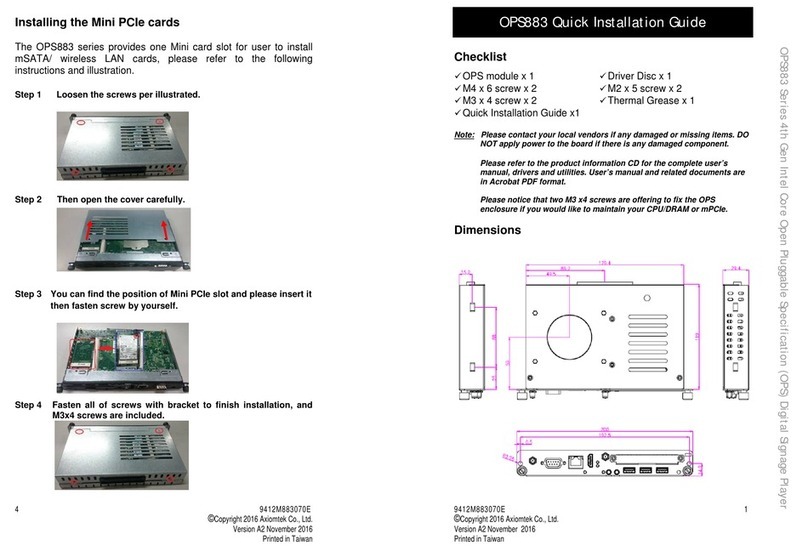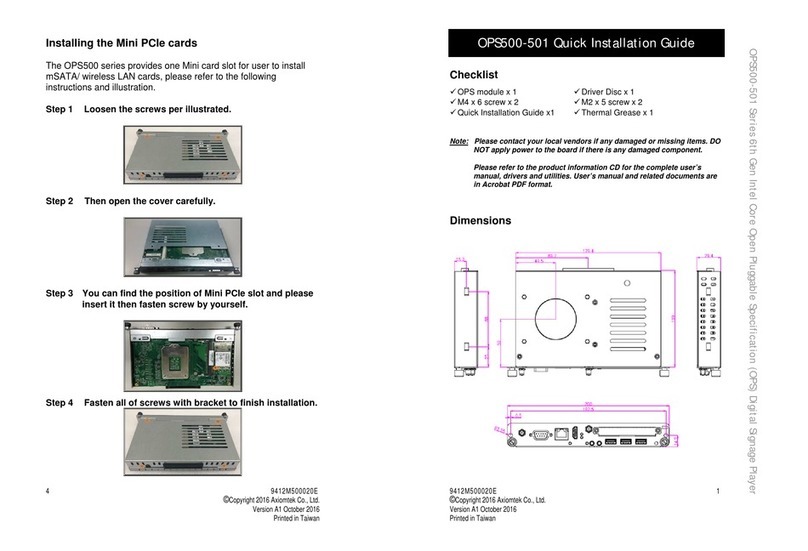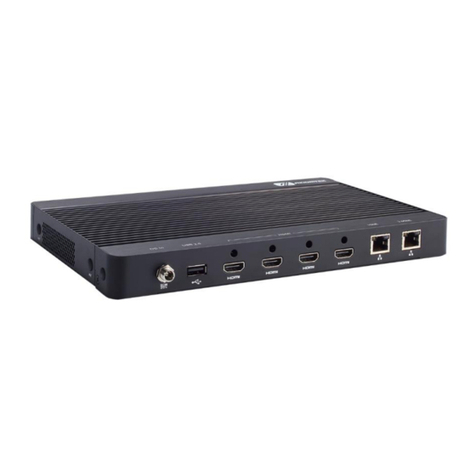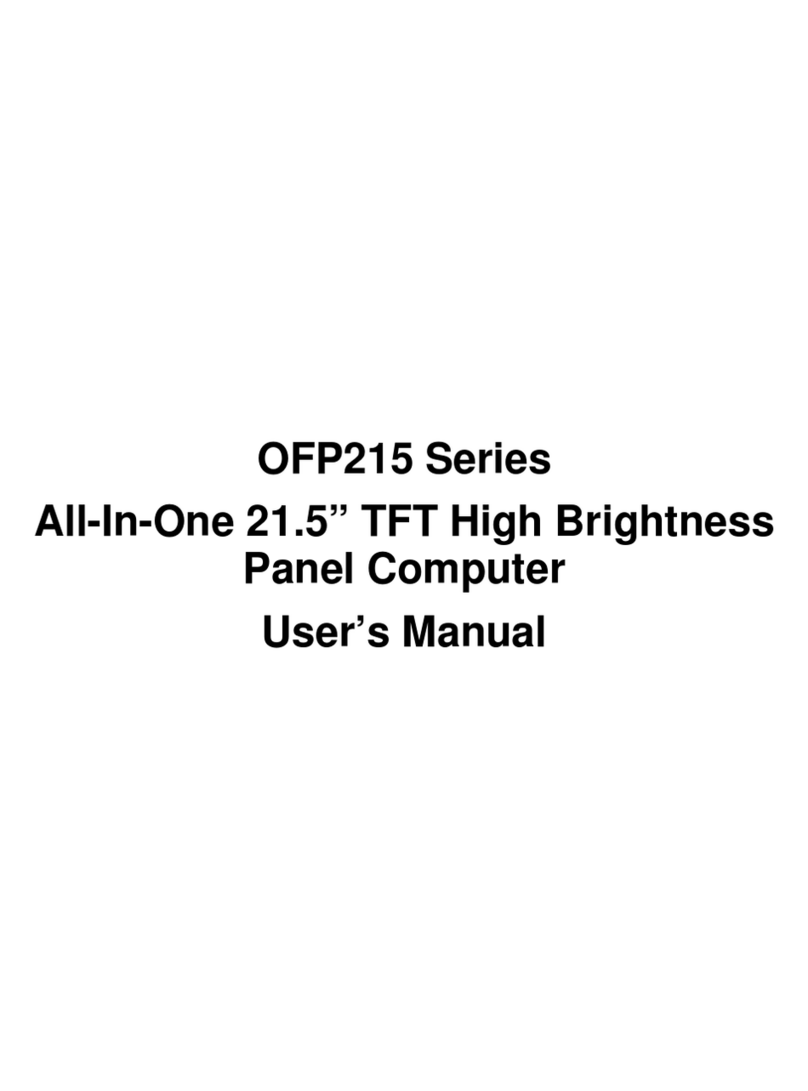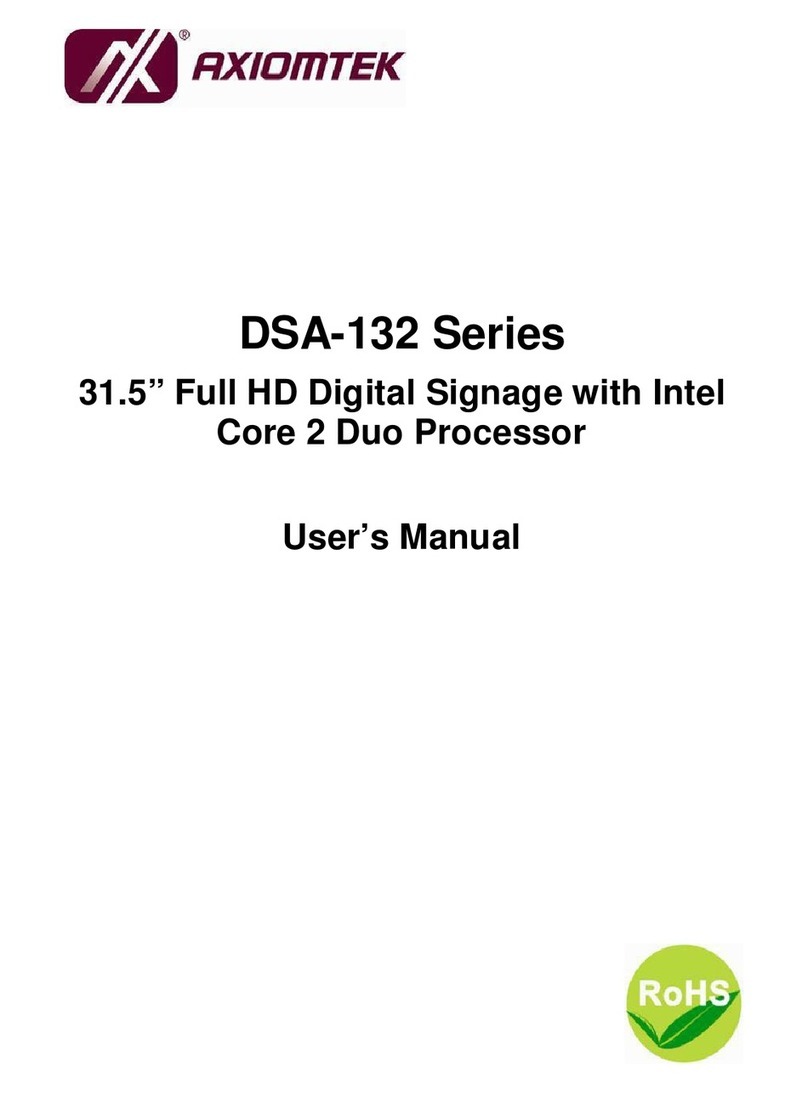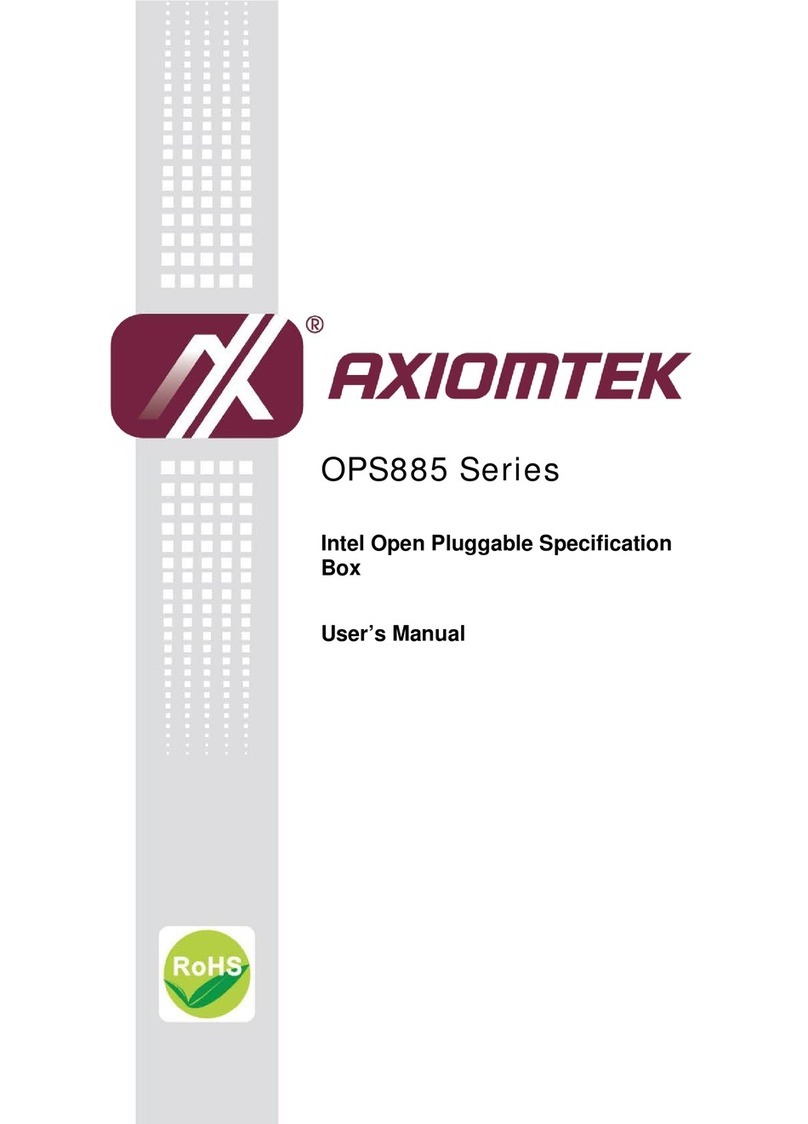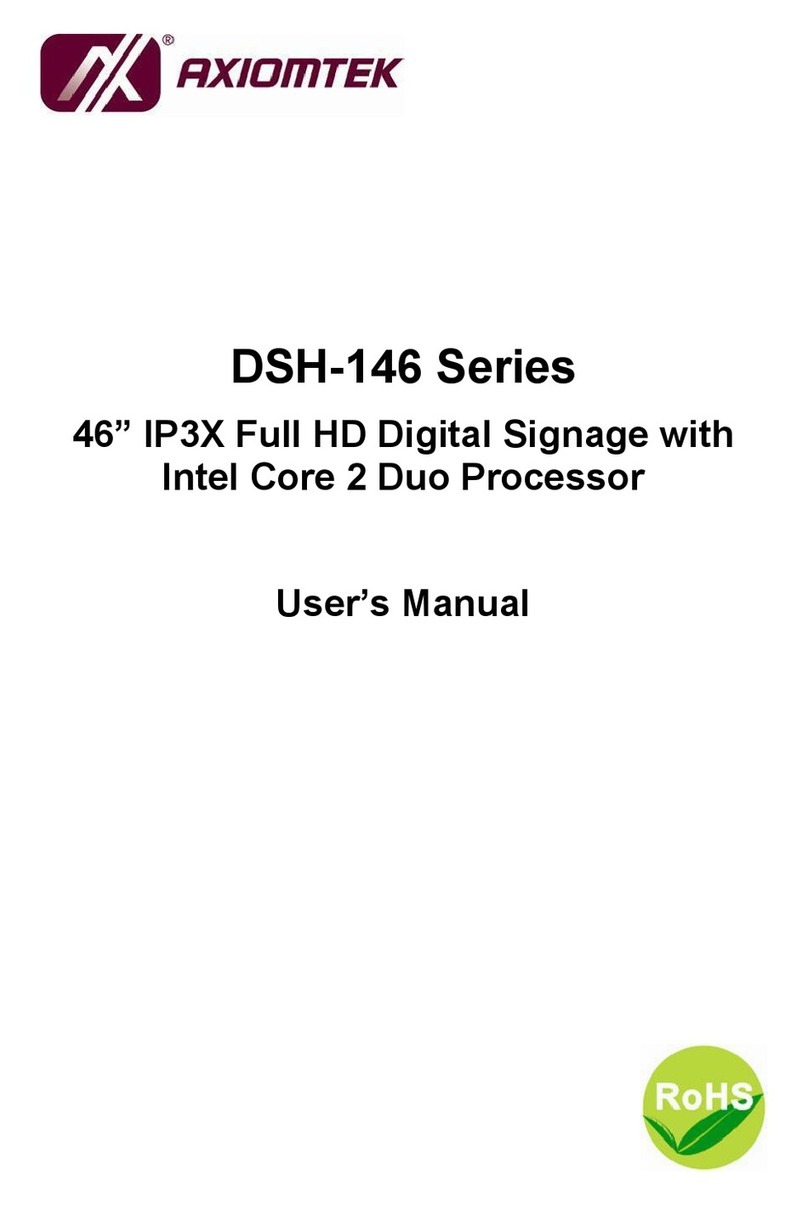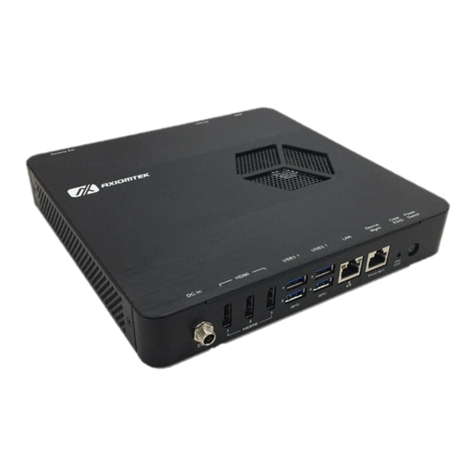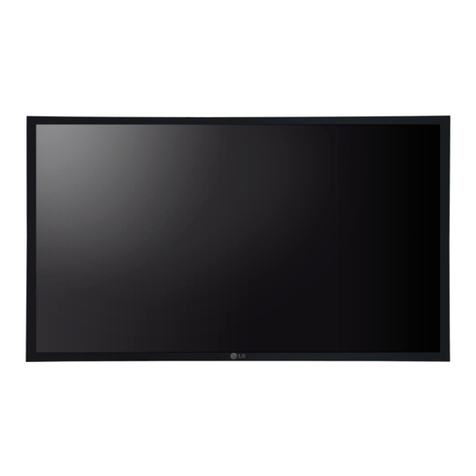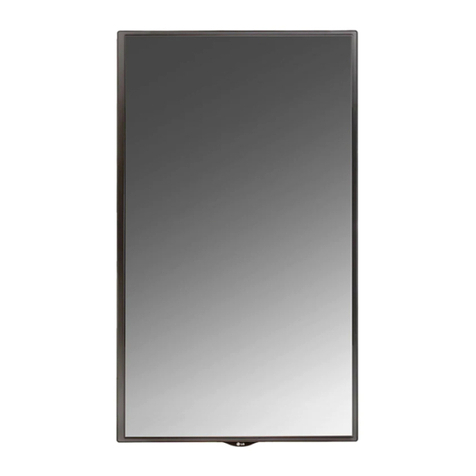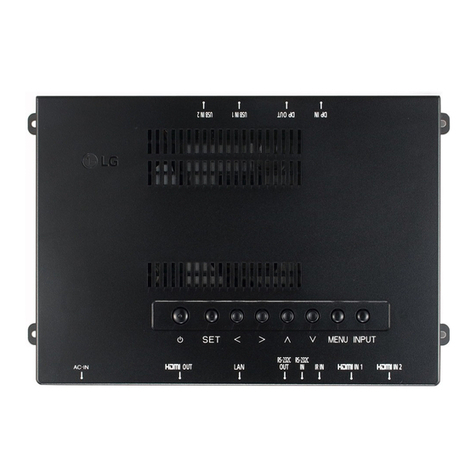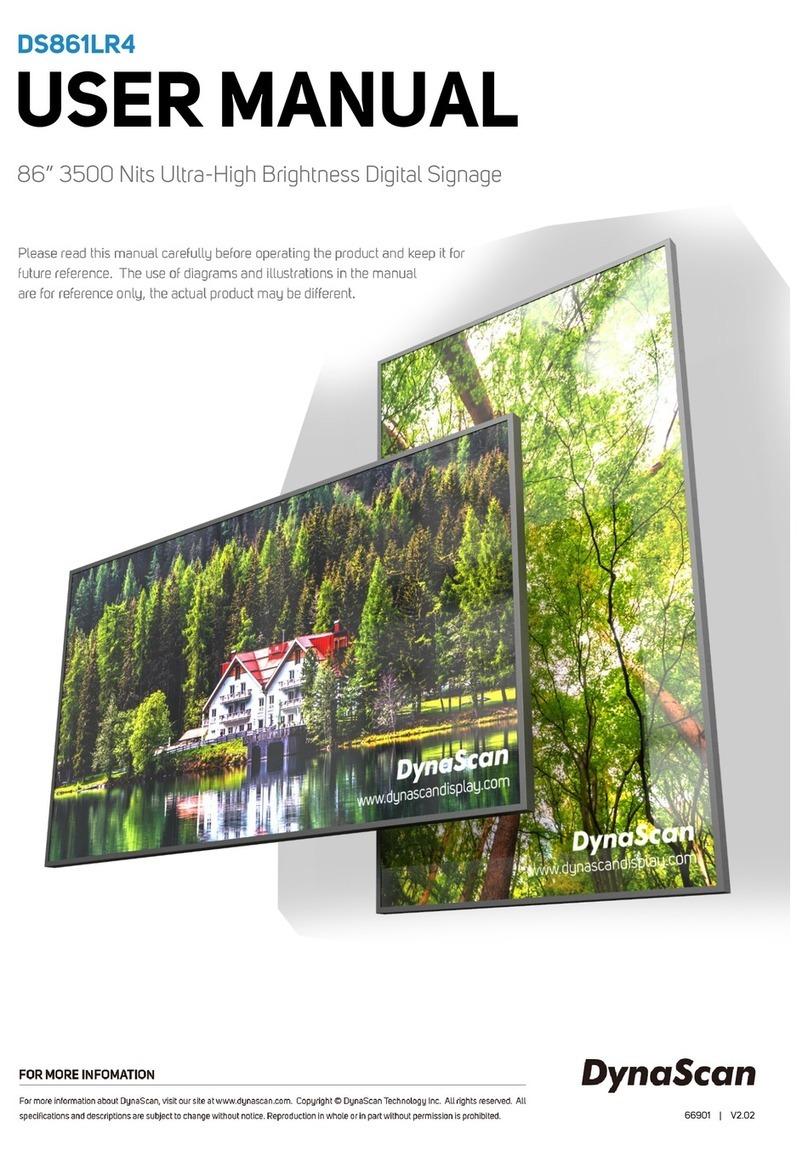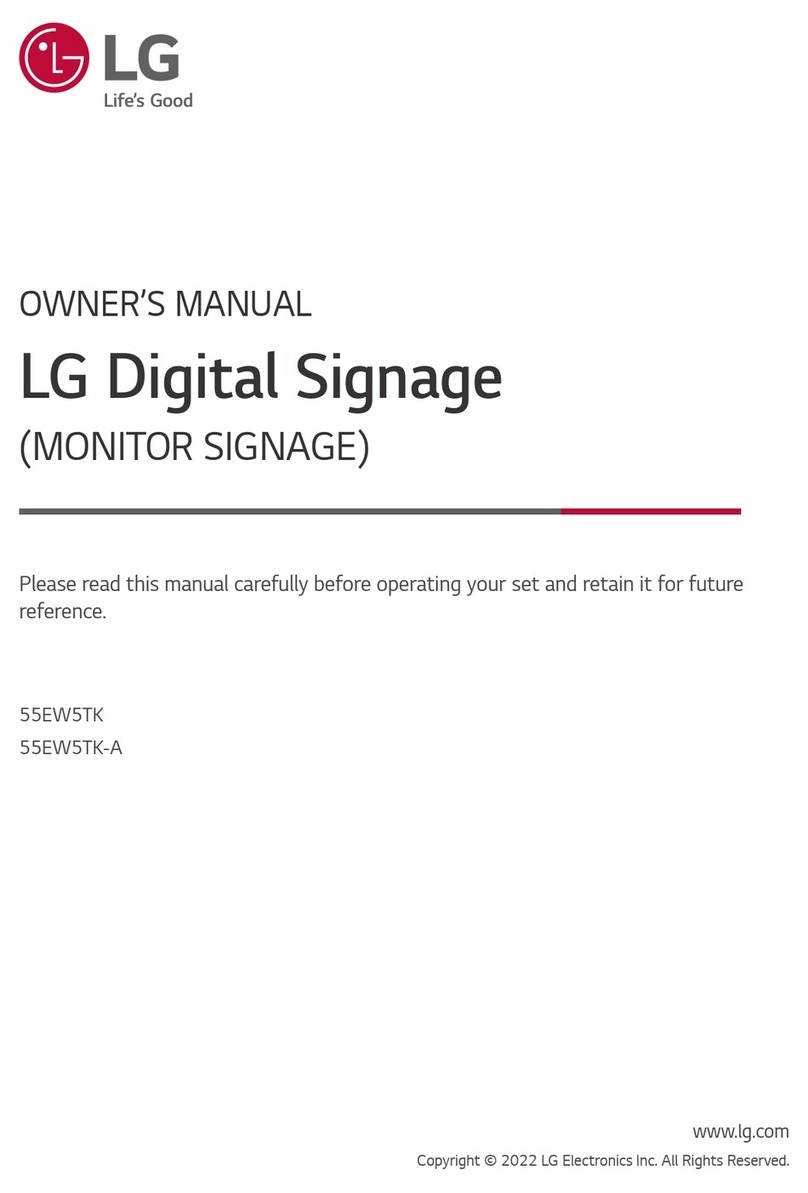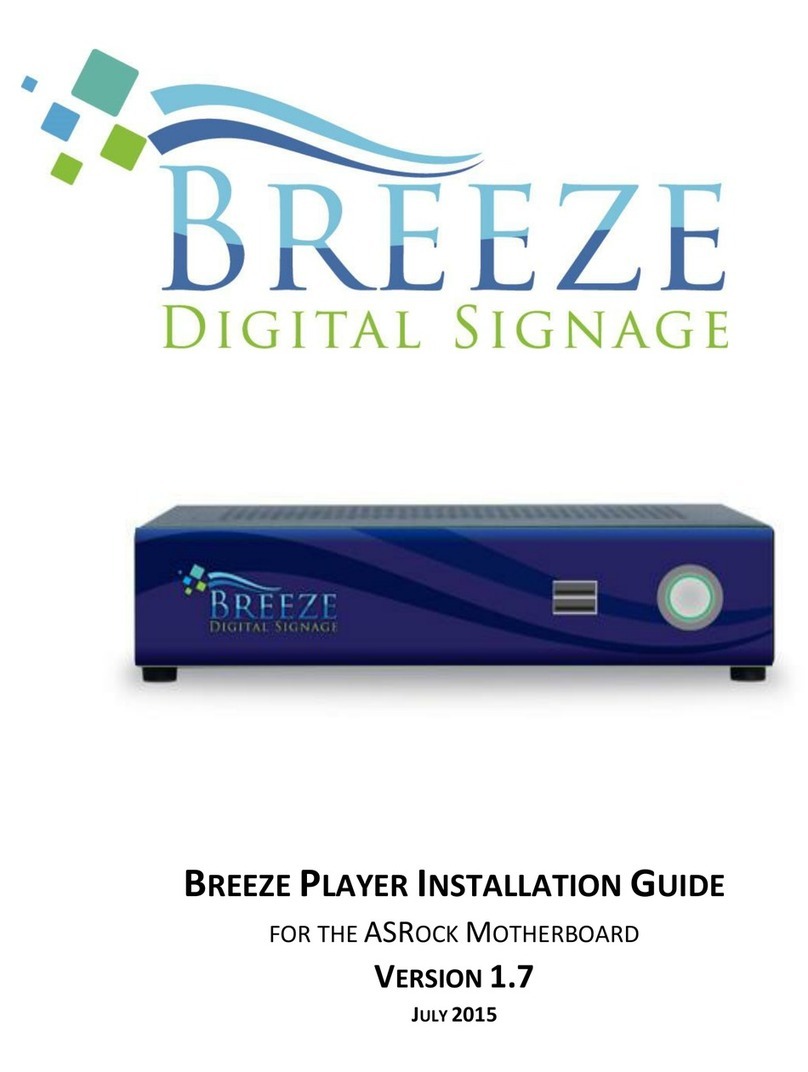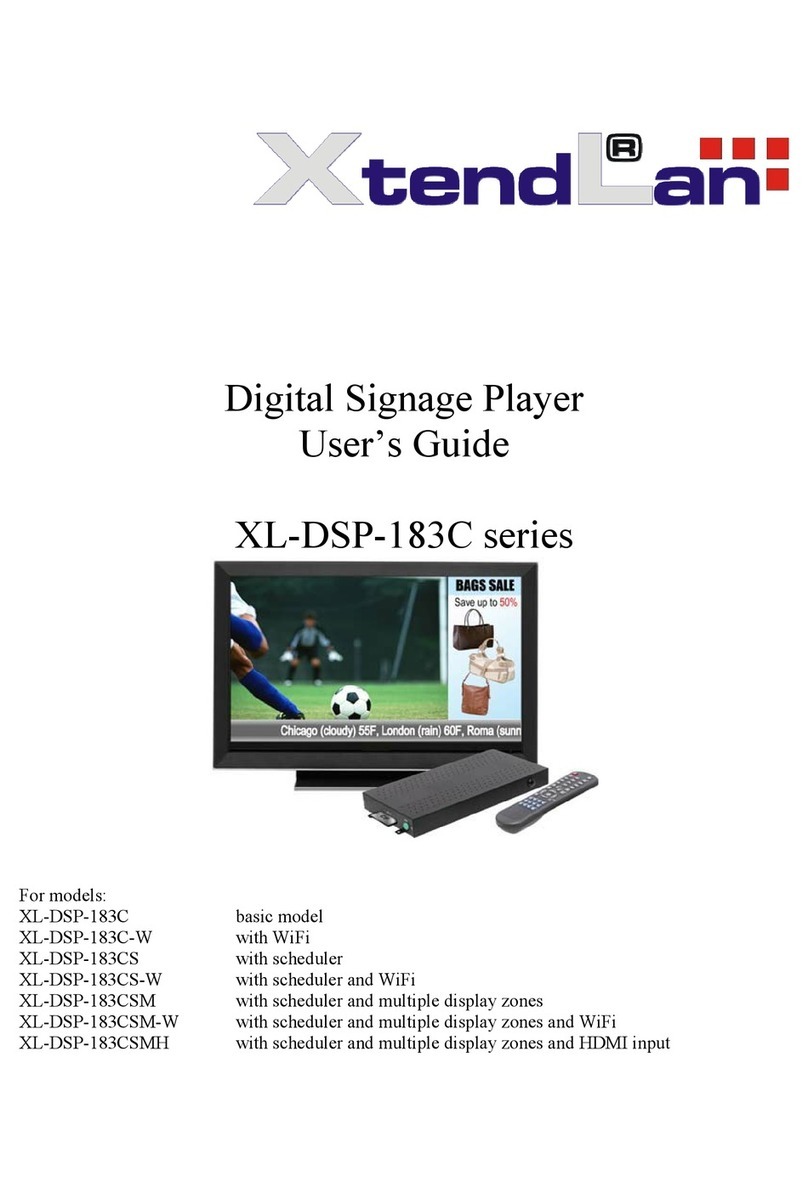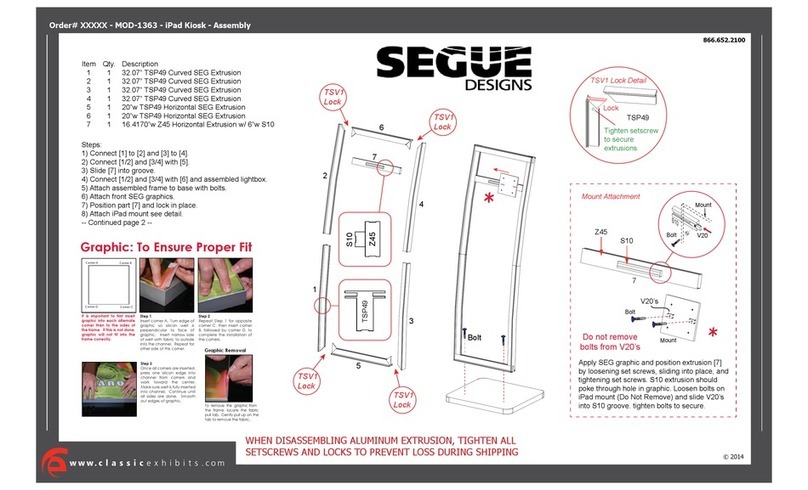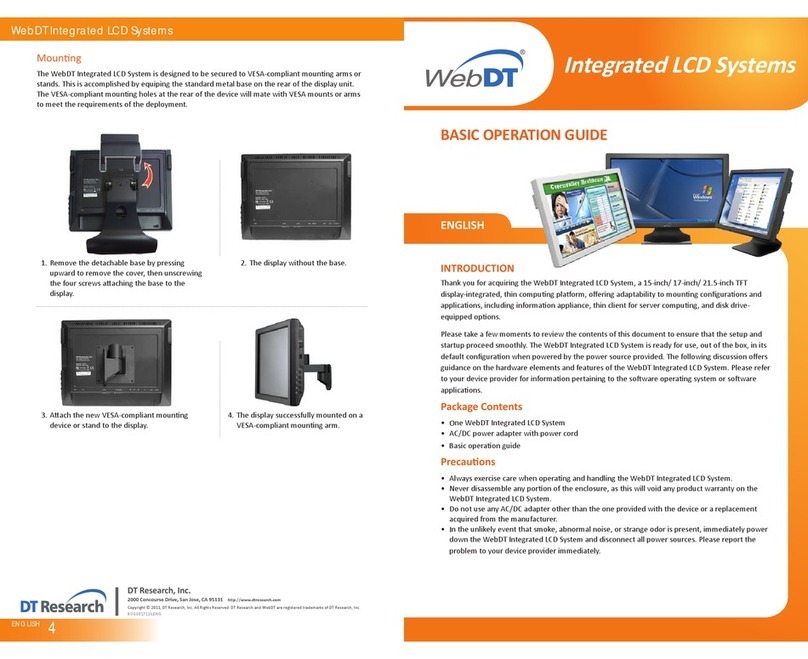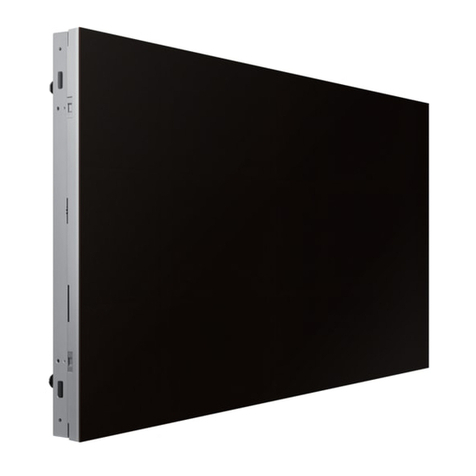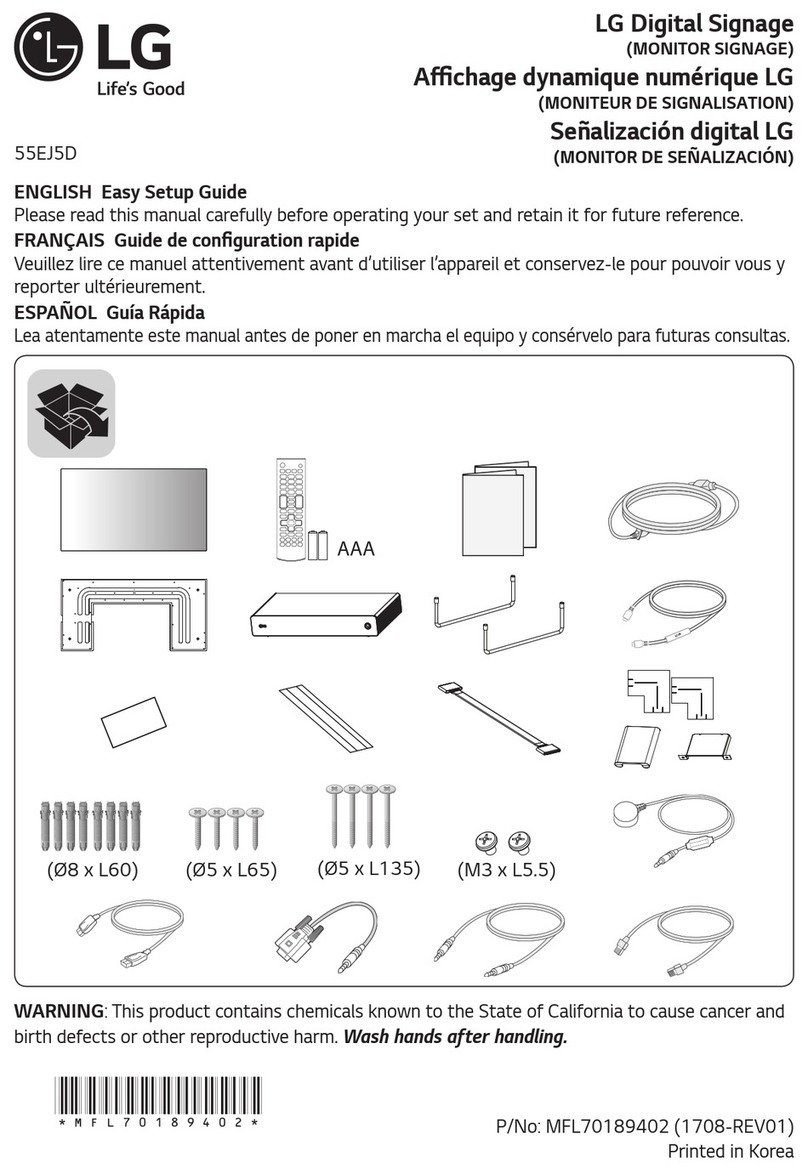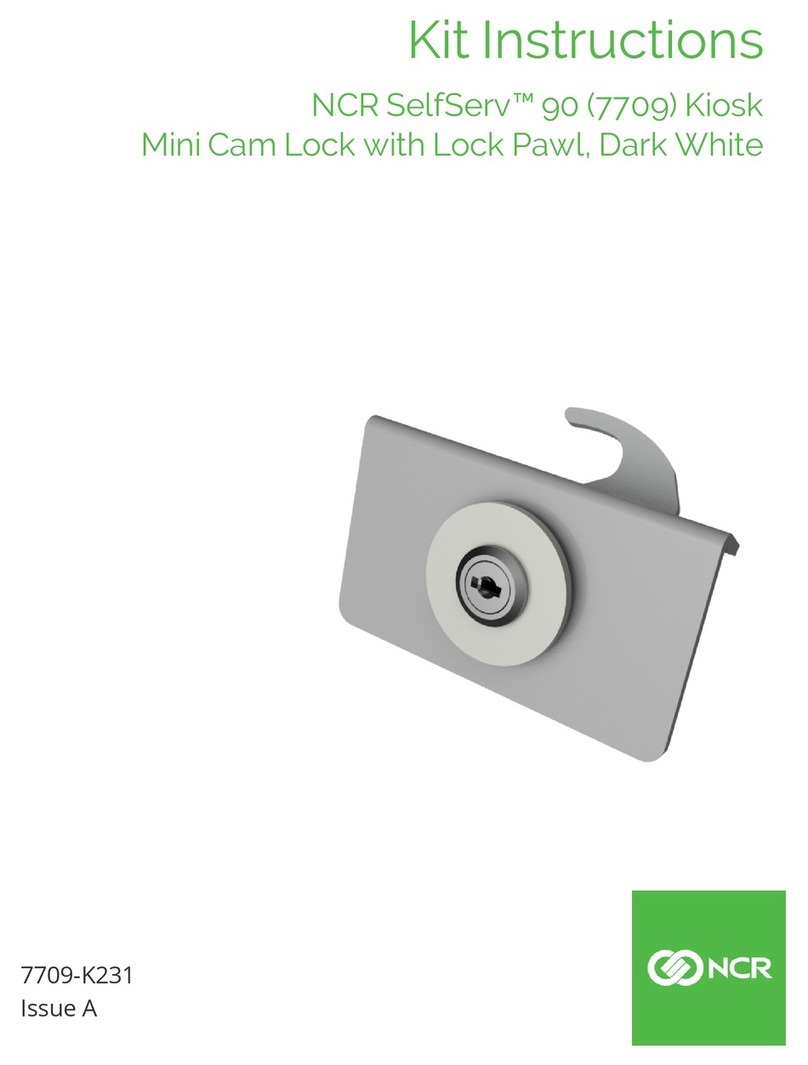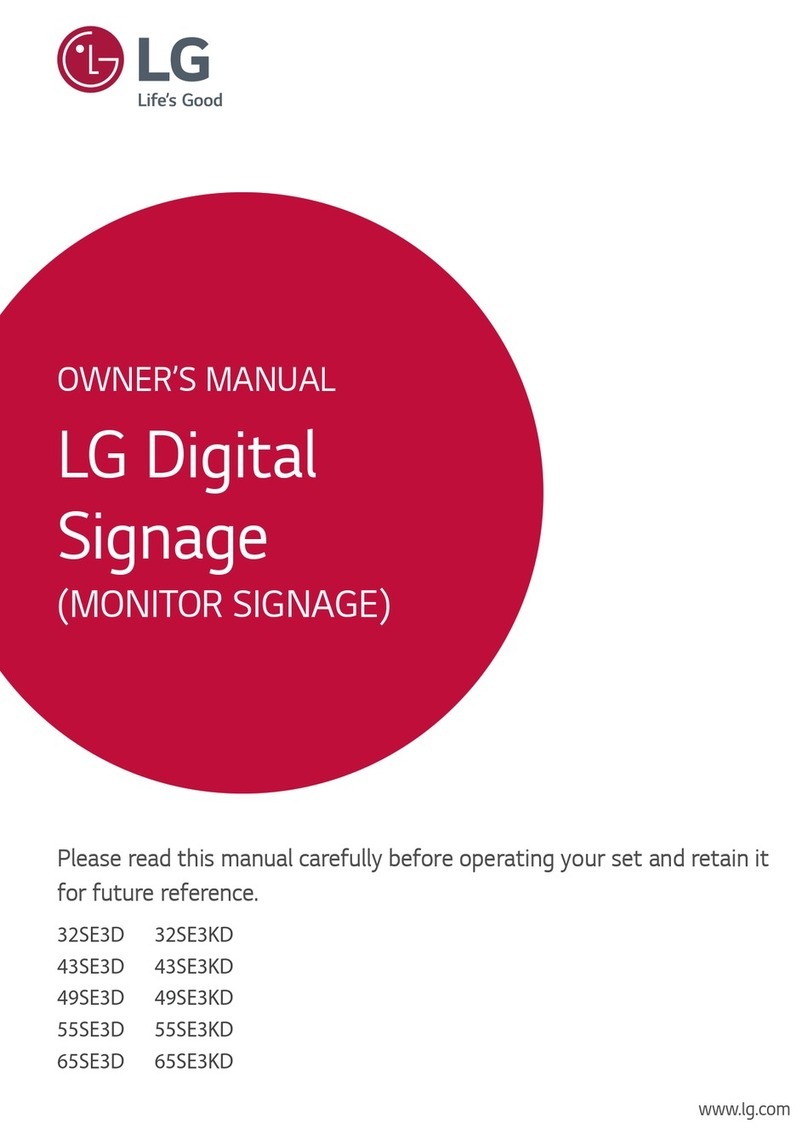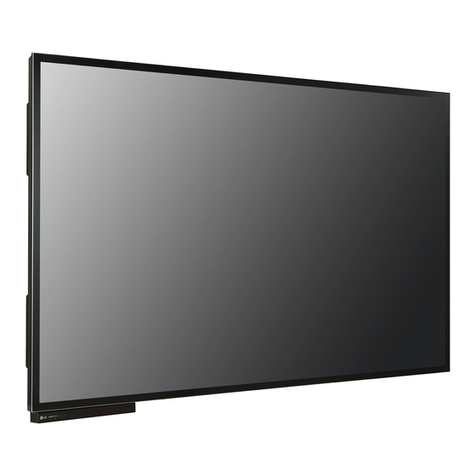
Table of Contents
Disclaimers............................................................................................................. ii
Safety Precautions................................................................................................ iii
Classifications....................................................................................................... iv
General Cleaning Tips ...........................................................................................v
Scrap Computer Recycling...................................................................................vi
SECTION 1 INTRODUCTION.........................................................................1
1.1 General Descriptions.........................................................................1
1.2 System Specifications....................................................................... 2
1.2.1 CPU ...................................................................................................................2
1.2.2 I/O System ........................................................................................................3
1.2.3 System Specifications.....................................................................................3
1.3 Dimensions ........................................................................................4
1.3.1 System Dimensions.........................................................................................4
1.3.2 Wall-mount Bracket Dimensions ...................................................................5
1.3.3 VESA-mount Bracket Dimensions.................................................................6
1.4 I/O Outlets...........................................................................................7
1.5Packing List........................................................................................8
SECTION 2 HARDWARE INSTALLATION ...................................................9
2.1Installation of the CPU Processor.................................................... 9
2.2Installation of SO-DIMM Memory ................................................... 12
SECTION 3 JUMPER & CONNECTOR SETTINGS.....................................17
3.1 Locations of Jumpers & Connectors.............................................17
3.2 Summary of Jumper Settings.........................................................19
3.2.1Auto Power On (JP1).....................................................................................20
3.2.2Restore BIOS Optimal Defaults (JP2)..........................................................20
3.3 Connectors .....................................................................................21
3.3.1DC Power Jack Connector (screw type) (CN7)...........................................22
3.3.2COM1 DB9 Connector (CN11).......................................................................22
3.3.3HDMI Connector (HDMI1~3)..........................................................................23
3.3.4 Ethernet Ports (LAN1) ...................................................................................23
3.3.5ATX Power On/Off button (SW1) ..................................................................24
3.3.6 Clear EDID button (SW2)...............................................................................24
3.3.7Remote Power Switch Connector (PWRBT1) .............................................24
3.3.8USB 3.0 Port (CN5/CN6) ................................................................................24
3.3.9Audio Jack Line-out Connector (J3)............................................................25
3.3.10M.2 B Key Connector (SCN3) .......................................................................26
3.3.11SIM Card slot (SCN2).....................................................................................27
3.3.12 M.2 M KEY Connector (SCN1)......................................................................28
3.3.13M.2 E KEY Connector (SCN4).......................................................................30
3.3.14Device Management Port (LAN2).................................................................31
SECTION 4 BIOS SETUP UTILITY..............................................................33
4.1 Starting.............................................................................................33
4.2 Navigation Keys............................................................................... 33
4.3 Main Menu........................................................................................ 34
4.4Advanced Menu ...............................................................................35
4.5 Chipset Menu ................................................................................... 48
4.6 PCH-IO Configuration...................................................................... 50
